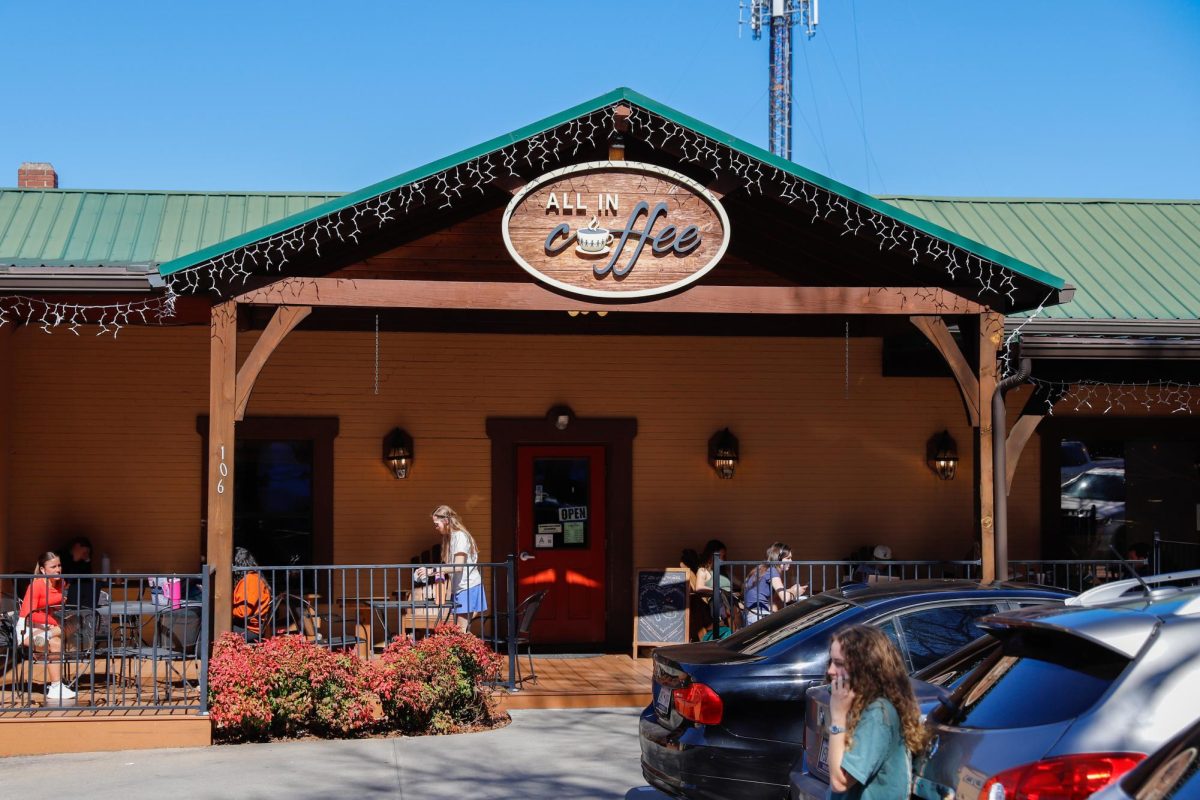At any given moment, there are 100,000 patients waiting for an organ or tissue transplant to become available. Even though the field of tissue engineering has been greatly advancing through the years, there has always been a problem when it comes to the vascular system. Researchers at Worcester Polytechnic Institute may have found a solution to this issue. Published in 2017 in Biomaterials, their study shows how spinach leaves can be used as framework to build human heart muscle.
The complexity of the vascular network is what currently causes limitations. By using a spinach leaf as a scaffold, the researchers were able to take advantage of the similarities between the vascular structure of plant and animal tissues. The leaf has a branched network of thin veins to deliver nutrients to its cells, similar to the way blood moves through human tissue.
First, the actual plant cells were removed from the spinach leaf. This left a leaf-shaped scaffold of cellulose, which is the structural component of plant cells biocompatible with humans. The scaffold was like a frame, which just needed living cells added to it to become tissue. The scaffold was immersed in human heart cells, which allowed tissue to grow. The team then injected dye through the spinach veins, showing that blood could also flow through the system. The heart cells were able to perform “normal” heart actions, like contracting and handling calcium, for 21 days.
The data from this study show the potential these spinach scaffolds can have for tissue engineering. Ultimately, the goal is for patients with damaged heart tissue to be able to access this cost-efficient, “green” technology for replacing tissue. In the future, the researchers plan to expand on this method with other applications, such as using a wood scaffold for bone regeneration.







